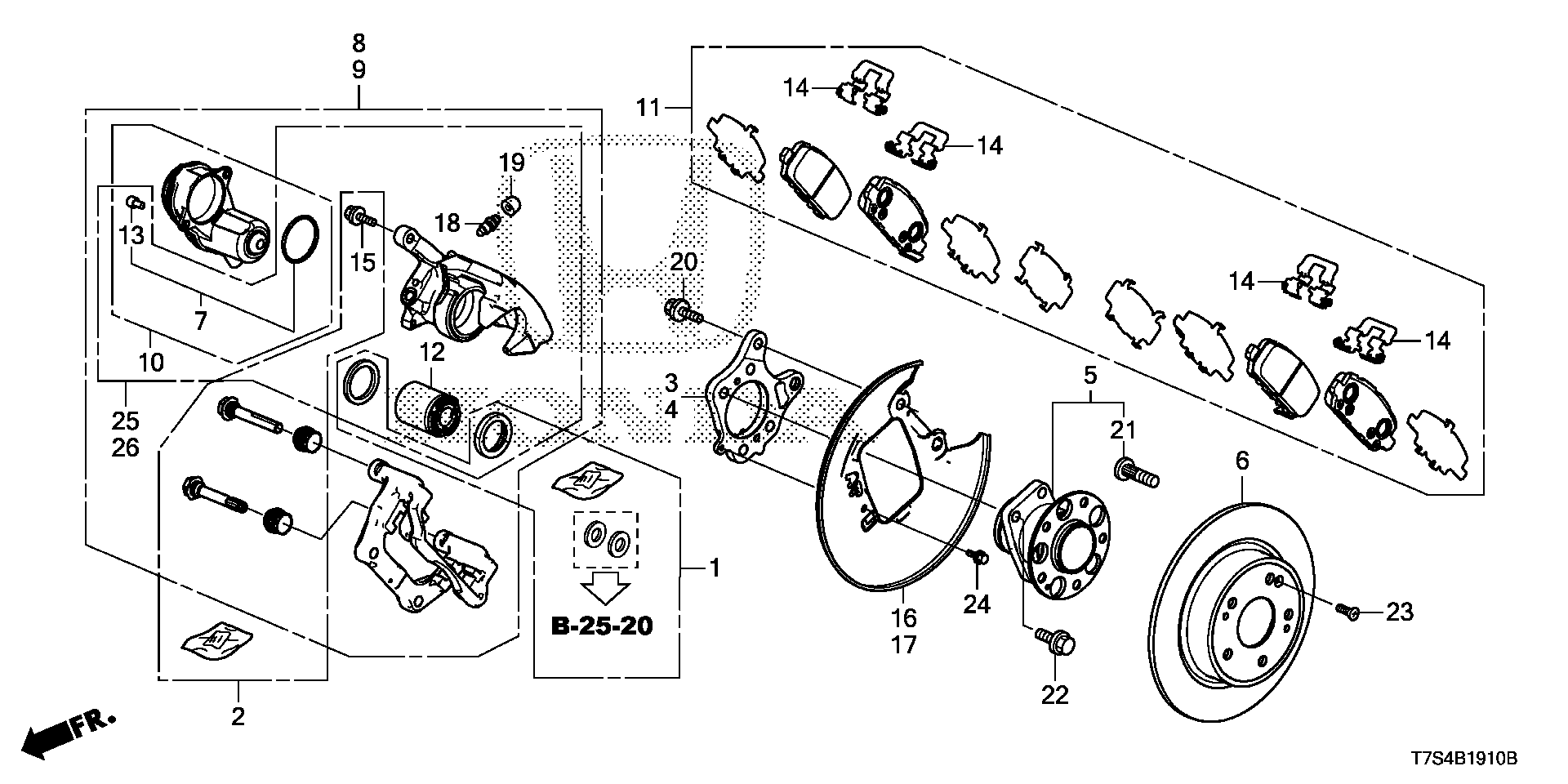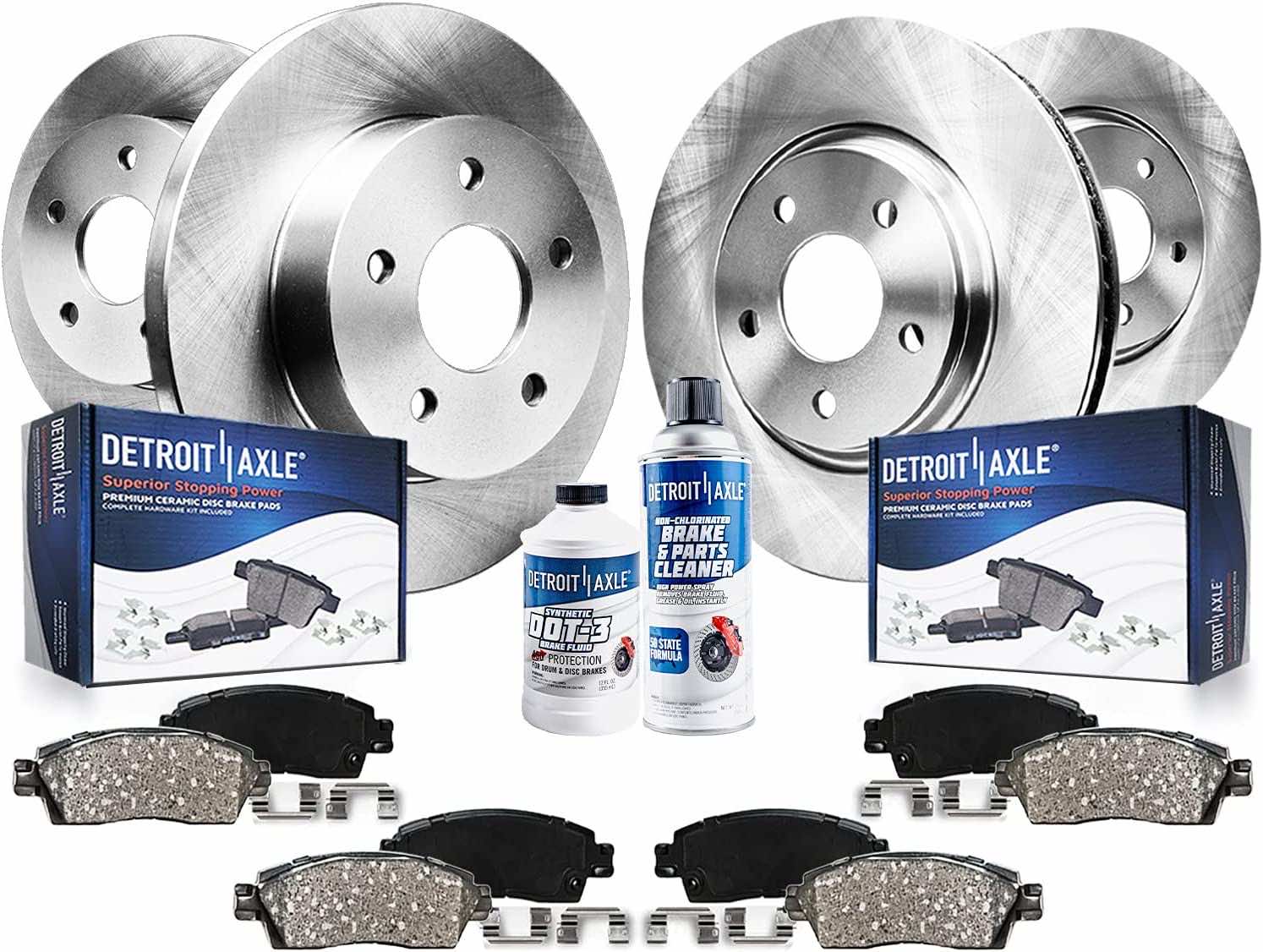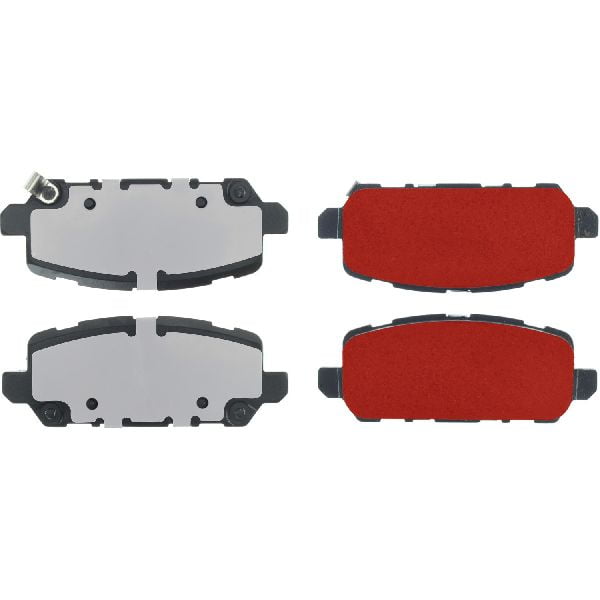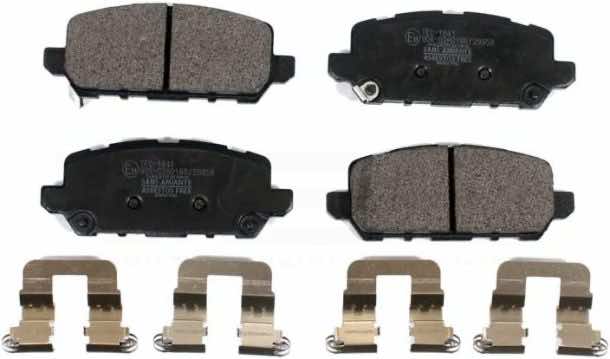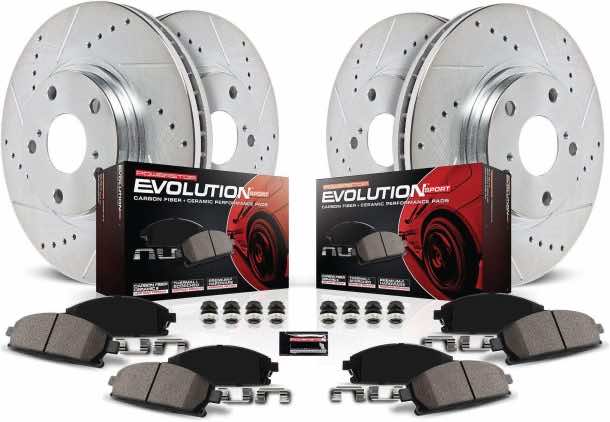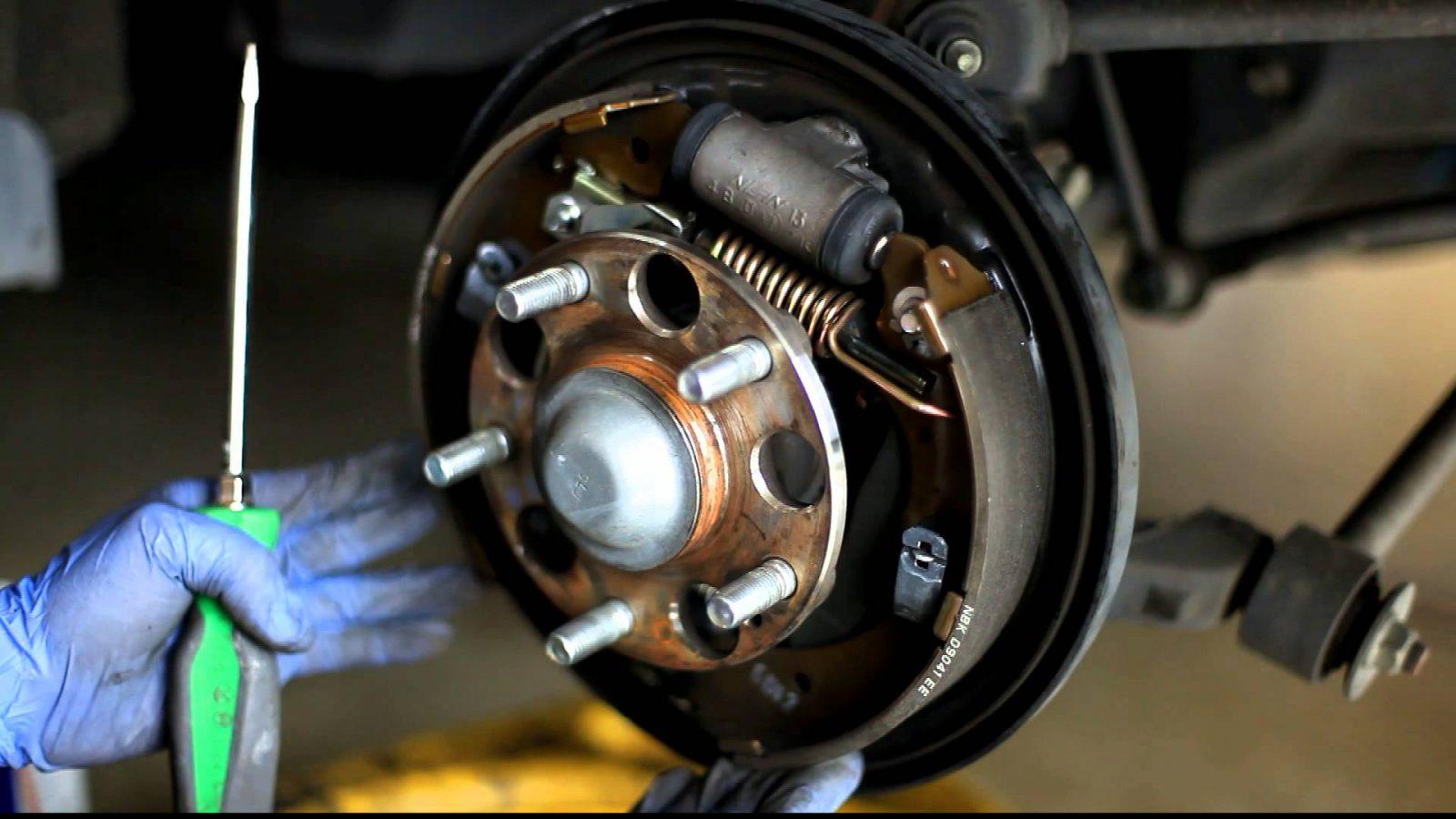Honda Hrv Rear Brake Pad Replacement
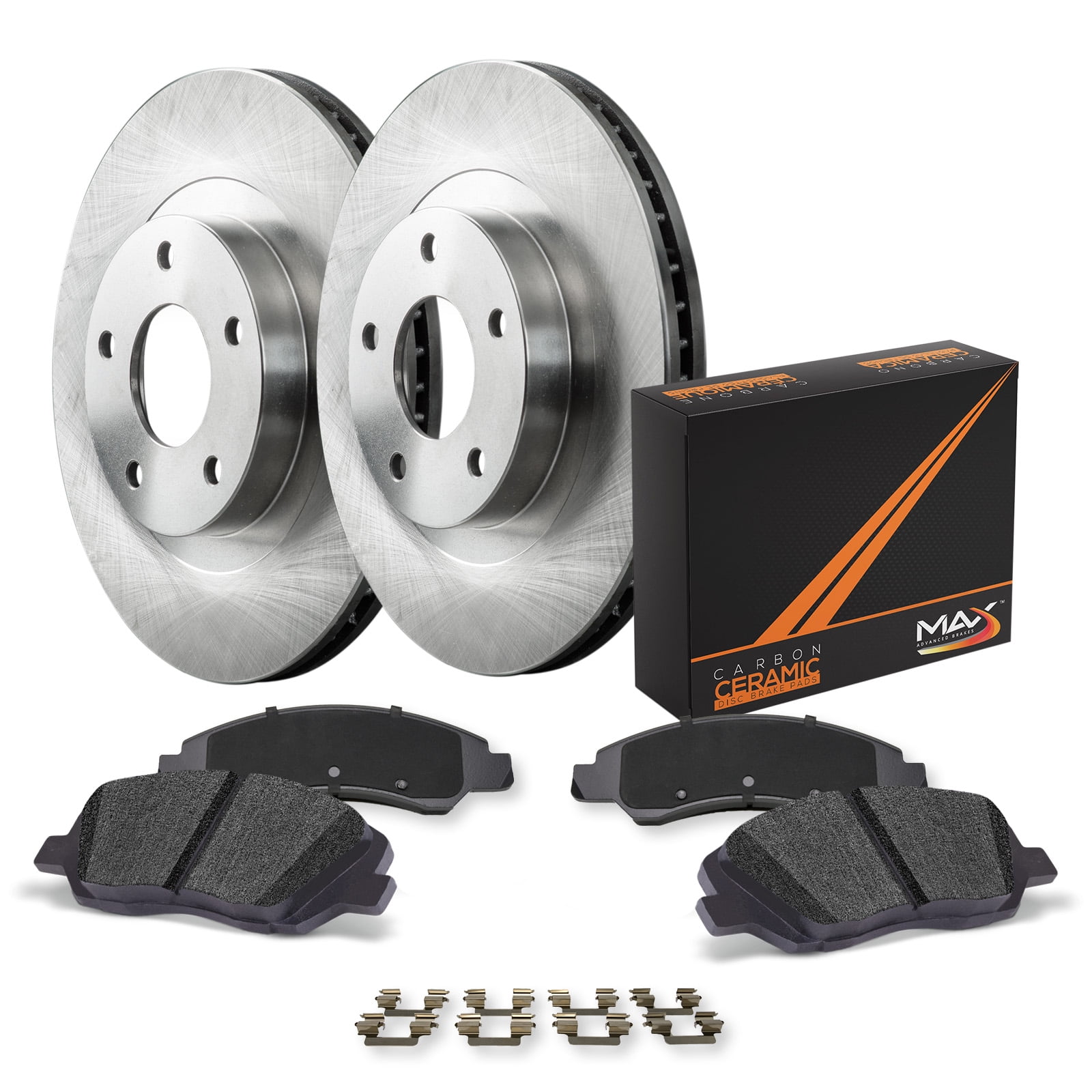
Maintaining a vehicle's braking system is crucial for safety, and for Honda HR-V owners, understanding the rear brake pad replacement process is essential for responsible car ownership.
This article delves into the specifics of replacing rear brake pads on the Honda HR-V, covering key aspects from identifying when replacement is needed to the general procedure involved. By understanding these details, HR-V owners can ensure their vehicles maintain optimal braking performance and safety standards.
Recognizing the Need for Rear Brake Pad Replacement
Several indicators suggest that the rear brake pads on a Honda HR-V require replacement.
These include a high-pitched squealing noise when braking, a grinding sound, or a noticeable decrease in braking responsiveness, according to mechanics interviewed for this article. Visual inspection of the brake pads can also reveal if they are worn down to a dangerously thin level.
Tools and Parts Required
Replacing rear brake pads on a Honda HR-V generally requires specific tools and parts.
These typically include a jack and jack stands, a lug wrench, a socket set with extensions, a brake caliper compressor tool, new brake pads, brake cleaner, and possibly new rotors if they are worn beyond their service limit, as stated in the Honda HR-V owner's manual.
General Replacement Procedure
The rear brake pad replacement procedure involves several steps.
First, the vehicle must be safely secured on jack stands after loosening the lug nuts. The brake caliper is then detached from the rotor, and the old brake pads are removed. The brake caliper piston needs to be compressed using a specialized tool before installing the new brake pads.
Finally, the caliper is reattached, the wheel is put back on, and the lug nuts are tightened to the manufacturer's specified torque. Brake cleaner should be used to clean any brake dust or debris. A mechanic from 'Brakes R' Us' suggested pumping the brake pedal several times before driving to ensure the new pads are properly seated.
Safety Precautions
Safety should always be a top priority when performing any brake work.
Always use jack stands to support the vehicle and wear appropriate safety glasses. Brake dust can be harmful, so avoid breathing it in and wash your hands thoroughly after the job is complete. It is crucial to consult the Honda HR-V repair manual for specific torque specifications and procedures relevant to the model year.
Professional vs. DIY Replacement
While some HR-V owners might choose to replace the rear brake pads themselves, others may prefer professional service.
DIY replacement can save on labor costs, but it requires a good understanding of automotive repair and the proper tools. Improper installation can compromise braking performance and safety. A quote from a local Honda dealership estimated the cost of rear brake pad replacement at around $250-$400, including parts and labor.
Choosing a reputable mechanic ensures the job is done correctly and often comes with a warranty on parts and labor.
Conclusion
Understanding the rear brake pad replacement process for a Honda HR-V empowers owners to make informed decisions about their vehicle's maintenance.
By recognizing the warning signs of worn brake pads, using the correct tools and parts, and adhering to safety precautions, HR-V owners can contribute to maintaining a safe and reliable vehicle. Whether choosing a DIY approach or seeking professional service, prioritizing brake maintenance is vital for overall driving safety and peace of mind.

